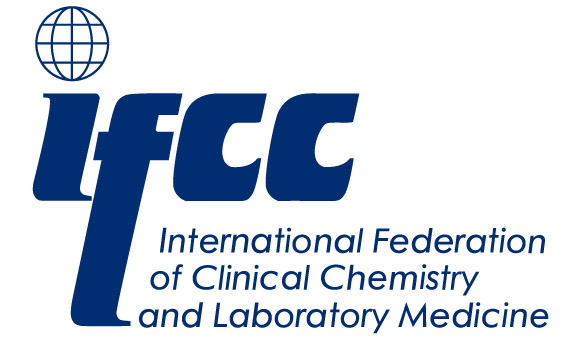The World Health Organization (WHO) recognized five organizations and governments throughout the world for their innovative hepatitis testing projects April 17 at The International Liver Congress in Barcelona, Spain.
The WHO’s Global Hepatitis Programme and the Social Entrepreneurship for Sexual Health (SESH), in partnership with the European Association for the Study of the Liver (EASL), manages the competition. The goal is to identify and celebrate innovative real-world examples of hepatitis B virus (HBV) and hepatitis C virus (HCV) testing.
“There is an urgent need to identify innovations to promote Hepatitis B and C testing,” said SESH Chair Joseph Tucker in a press release. SESH has found such contests an effective way to identify new, effective testing approaches.
The winners were chosen from 67 submissions from 27 countries. The winning entries are:
- United States. The National Nursing Centers Consortium partnered with Pennsylvania Health Management Corporation to institute a hepatitis C testing program in five federally qualified health centers in Philadelphia. Medical assistants guided patients through the HCV testing process, relieving the burden on clinicians and other health center staff. The initiative also used reflex HCV testing technology to ensure that HCV antibody-positive patients received the testing needed to detect current HCV infection so they could receive test results and care referrals in one visit. The program provided the testing for free to those without insurance, and included HIV testing in the protocol. Finally, the organization used electronic health record prompts to link patients to care.
- Mongolia. The Flagstaff International Relief Effort established a screening method for HBV, HCV, and liver cancer through primary healthcare clinics in rural Mongolia. Mongolia has the third-highest rate of hepatitis in the world, which has contributed to the highest rate of liver cancer.
- India. The Community Network for Empowerment in Manipur, in collaboration with local governments, organized testing camps across nine districts for more than a month to mobilize HBV and HCV testing among intravenous drug users and HIV-positive individuals.
- The Netherlands. The Public Health Service of Amsterdam developed a novel Internet risk assessment tool together with an Internet-mediated HCV testing process in two regions in the country.
- Australia. The government of Victoria established HCV testing across 13 prisons in the state at prison entry or transfer, then linked infected individuals with decentralized care and treatment by trained nurses.
All entries were reviewed and independently scored by a global panel of 16 judges, which included representatives from community organizations, people living with hepatitis, physicians, public health experts, and WHO officials. Submissions were rated using a 10-point scale on four criteria: description of testing model; level of innovation; evaluation of effectiveness and impact; and plans for sustainability. They were then ranked based on overall mean score.
The five winning projects will also be included in WHO’s 2016 Hepatitis Testing Guidelines, which will launch in July 2016.
“Although hepatitis is one of the most deadly diseases in the world, testing coverage is extremely low, with only approximately five percent of people living with the disease to have actually been tested and granted access to treatment,” said Massimo Colombo, professor of gastroenterology at the University of Milan, Italy, who was one of the EASL specialists associated with the competition. “It is important to understand and share innovative testing approaches such as these, to encourage the prevalence of effective hepatitis testing in more countries around the world.”
Source: AACC











































